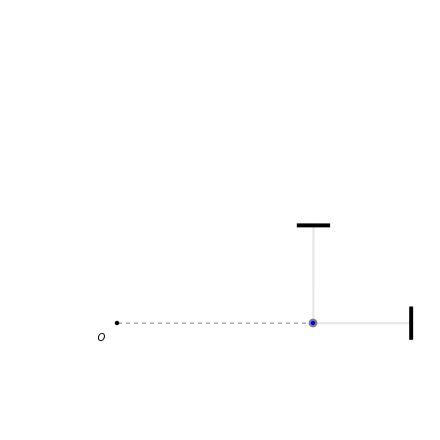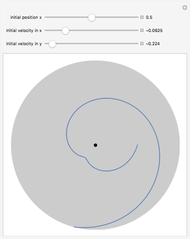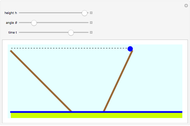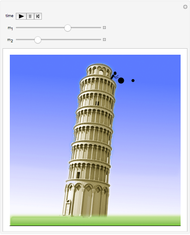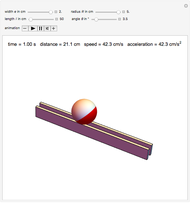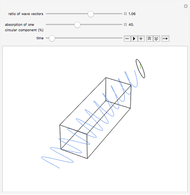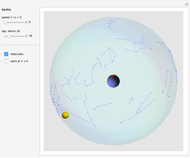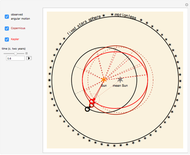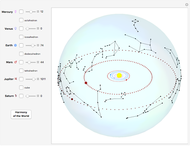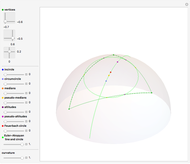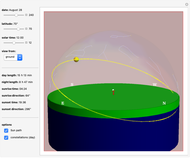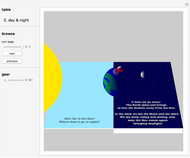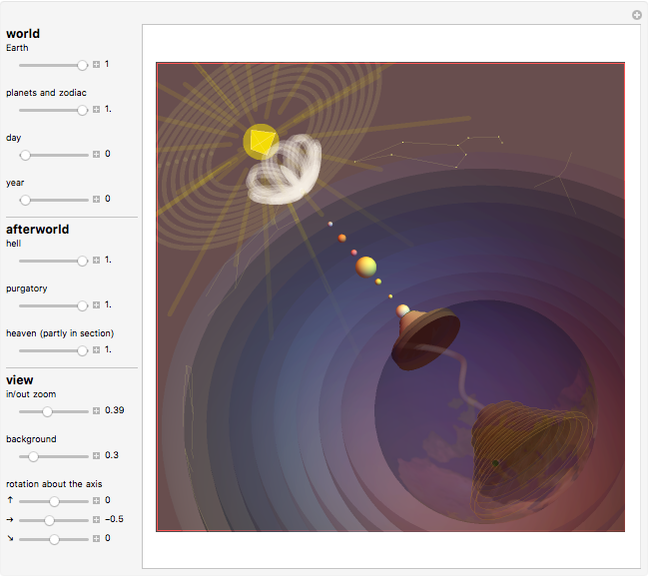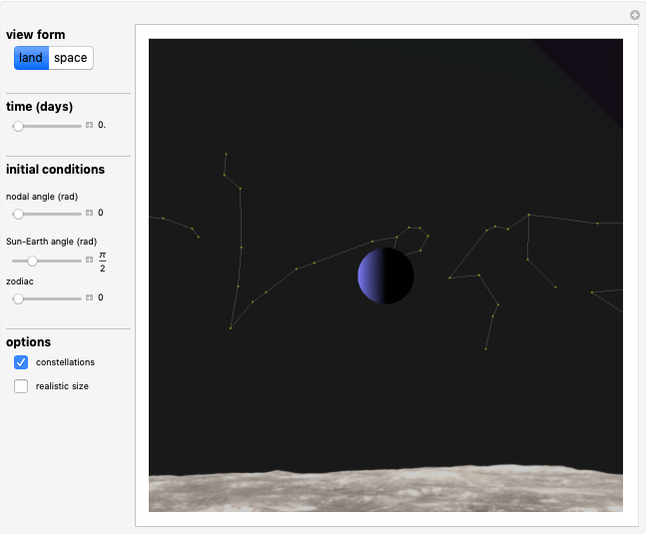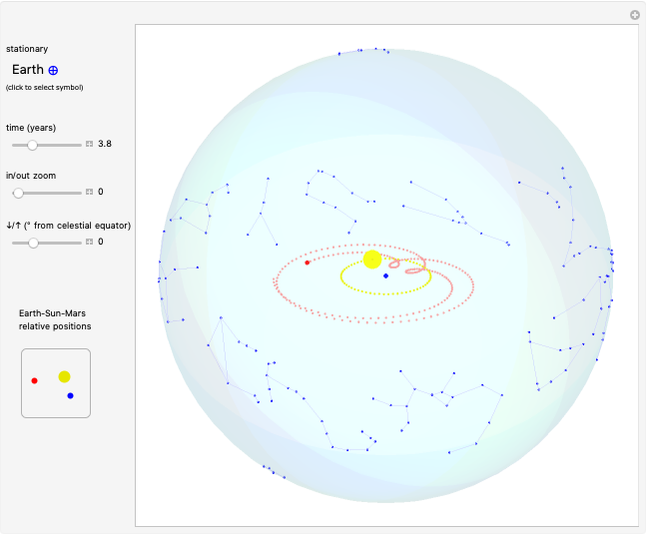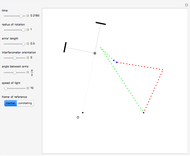Rotating Michelson-Morley Interferometer

Requires a Wolfram Notebook System
Interact on desktop, mobile and cloud with the free Wolfram Player or other Wolfram Language products.
Uniform rotations induce a phase shift in Michelson interferometers. The effect is second order in  , the ratio of the interferometer's speed to the speed of light. It is further suppressed by the ratio of the length of the interferometer's arms to the radius of rotation and depends on the interferometer's orientation in the corotating frame. The magnitude of the phase shift was far beyond the sensitivity in the historical 1887 Michelson–Morley experiment and is still just beyond the sensitivity of turntable rotated optical resonators used in present tests of Lorentz invariance. The effect becomes significantly larger in Earth's rotated kilometer-scale Fabry–Perot enhanced interferometric gravitational-wave detectors, where it appears as a constant bias. This Demonstration shows the paths followed by light in the two arms of the interferometer from the inertial and corotating point of view.
, the ratio of the interferometer's speed to the speed of light. It is further suppressed by the ratio of the length of the interferometer's arms to the radius of rotation and depends on the interferometer's orientation in the corotating frame. The magnitude of the phase shift was far beyond the sensitivity in the historical 1887 Michelson–Morley experiment and is still just beyond the sensitivity of turntable rotated optical resonators used in present tests of Lorentz invariance. The effect becomes significantly larger in Earth's rotated kilometer-scale Fabry–Perot enhanced interferometric gravitational-wave detectors, where it appears as a constant bias. This Demonstration shows the paths followed by light in the two arms of the interferometer from the inertial and corotating point of view.
Contributed by: Paolo Maraner (June 2015)
Open content licensed under CC BY-NC-SA
Snapshots
Details
Reference
[1] P. Maraner, "The Effect of Rotations on Michelson Interferometers," Annals of Physics, 350, 2014, pp. 95–104. doi:10.1016/j.aop.2014.07.016.
Permanent Citation
